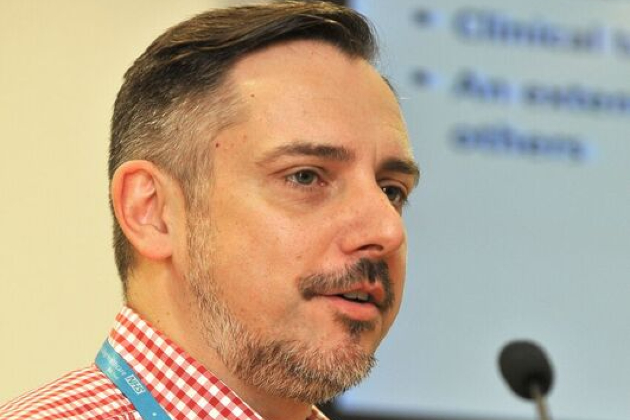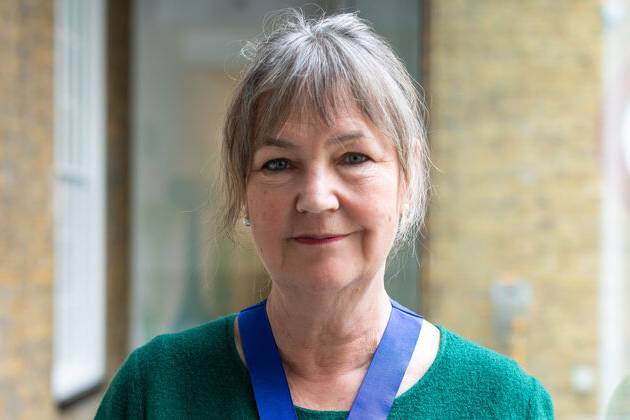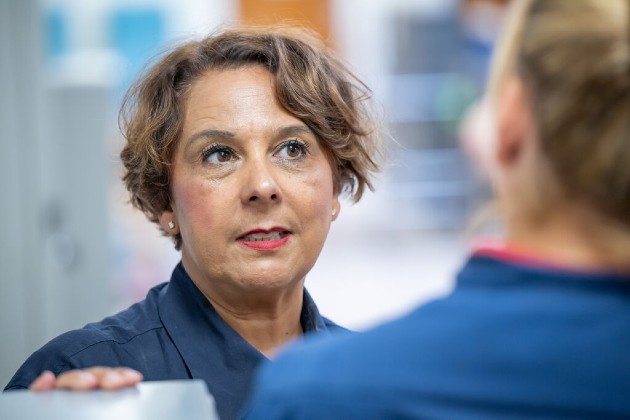2023 marks the 40th anniversary of the discovery of HIV – the virus that causes AIDS – by Drs Barré-Sinoussi and Montagnier at the Pasteur Institute in France in 1983. As a gay man and nurse who has dedicated most of my working life to this area, it’s a time for reflection on my own experiences.
In the 2 years leading up to the discovery of HIV, a wave of catastrophic infections ravaged the gay community. As a result, the media’s stereotypical perception of gay men in negative, one-dimensional terms took a sinister turn. Not only were they objects to be ridiculed but now they were also ‘contaminated’ deviants to be ostracised and feared.
'God's payment'
I met my first HIV-positive patient as a student nurse in 1989. He was a young gay man and, while most of the team were compassionate and caring, some were less so. There were cleaners who wouldn’t enter his room and nursing staff who thought that it was ‘God’s payment’. A medical consultant double gloved to take his blood pressure.

Initial treatments were limited, and only palliative. The life expectancy for most people diagnosed with AIDS was only a year. Zidovudine, also known as azidothymidine (AZT), was the first anti-HIV drug, but it wasn’t available until 1987. There were 3-monthly clinic appointments and endless blood tests, documenting the decline in a patient’s immune system (the CD4 cell count measurement) and possible signs of infection. Prior to the opening of dedicated HIV wards – the first in 1987 – the inpatient experience was variable.
When I started my first staff nurse post in HIV/sexual health, 3 other antiviral medications had joined AZT. Given sequentially, they were difficult to take, had high pill burden and caused significant side effects. I was struck by how hierarchically flat the services were, with nurses working with doctors as peers and the needs of the patient being the central focus. This was perhaps a reflection of the people drawn to the field, fuelled by a desire to combat social injustice and work with ostracised and marginalised populations.
Wind of change
Where I worked, all members of the multidisciplinary team attended the weekly training sessions that, in many other specialities, were the preserve of the doctors. Presentations at these sessions signalled the wind of change in the mid-1990s with the development of two new classes of HIV medication.
A trial in 1996 identified that 2 drugs given together were more effective than 1 and, the following year, that 3 drugs performed even better. The age of Highly Active Anti-Retroviral Therapy (HAART) had begun. Deaths fell dramatically and HIV evolved into a managed disease.
A new goal was set: to end all new HIV transmissions, and AIDS and HIV-related deaths, in the UK by 2030
Over the next 20 years, more potent drugs were developed, with fewer side effects and reduced pill burden, transforming treatment for many to ‘a pill a day’. The role of the HIV nurse evolved from palliation to disease management. People living with HIV adjusted to the new normal, where HIV was no longer a terminal disease.
Studies demonstrated that antiviral medication was highly effective at preventing HIV acquisitions in HIV-negative populations and Pre-Exposure Prophylaxis (PrEP) was born. Further research established that those with undetectable viral loads are unable to transmit the virus and, out of that, came the concept of U = U (Undetectable = Untransmittable) as the prevailing heath protection message. A new goal was set: to end all new HIV transmissions, and AIDS and HIV-related deaths, in the UK by 2030.
Looking ahead
Today, long-acting HIV treatment marks a shift from daily oral medications to injectables given every few months. New developments on the horizon include implants, which can be used for a year or more. The role of the HIV nurse has continued to evolve too and now, supported by the curriculum framework for advanced practice in HIV/Integrated Sexual Health, nursing staff are taking on more advanced roles.
The advances over 40 years have been breathtaking. The future is exciting. But we must not become complacent; we need to work to ensure that access to these new advances is available to all.
Dr Matthew Grundy-Bowers is an RCN Fellow and Consultant Nurse/Visiting Professor (HIV/Integrated Sexual Health) at Imperial College NHS Healthcare Trust, London.








